Unlock Distinctive Land and Sky Textures with the Power of Special Brushes
When it comes to bringing your acrylic landscapes to life, texture is key. Two brushes stand out for artists seeking expressive, tactile surfaces: the fan brush and the feather brush. Although they might look unconventional compared to the typical flat or round brush, these specialty tools open doors to a myriad of unique visual effects. In this guide, we’ll explore how you can harness the mighty fan and delicate feather to add signature flair to your acrylic landscapes.
What Sets Fan and Feather Brushes Apart?
Distinct Design for Distinctive Results
Fan brushes feature bristles that flare out into a semicircular arrangement, resembling a spread-out fan. This shape allows for wide, sweeping strokes and intricate multi-mark patterns. Feather brushes, often made from natural bird feathers or synthetic alternatives, offer whisper-light touches and irregular edges. Their design is perfect for capturing the untamed spirit of nature—think windswept grasses, billowy clouds, or the suggestion of motion in foliage.
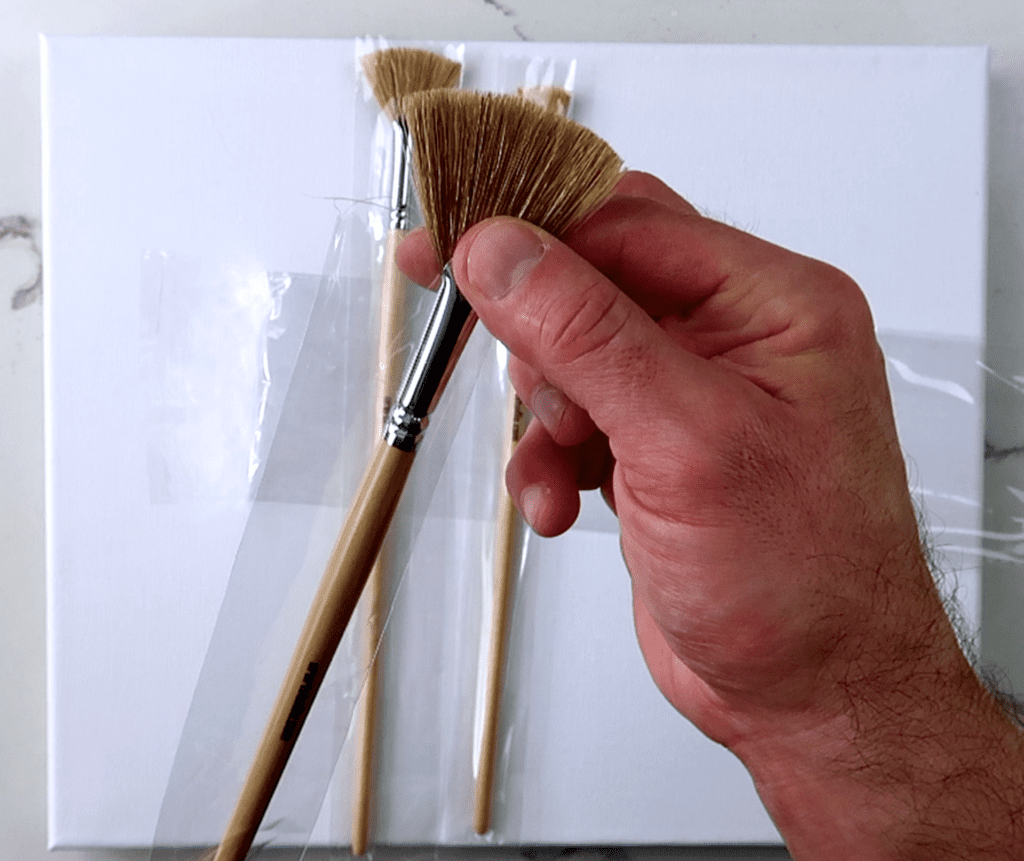
Mastering the Fan Brush: Techniques for Lively Texture
The Landscape Painter’s Go-To for Repetition and Rhythm
1. Creating Lush Foliage and Grasses
Drag the fan brush vertically for the look of dense meadows or tall grasses. Vary your pressure and color as you go to mimic the subtle shifts found in nature.
2. Layering Trees with Depth
Tap, wiggle, or sweep the fan in semi-circular motions to shape leafy canopies. Use lighter paint atop darker layers for foliage that pops with dimension.
3. Painting Water Effects and Reflections
A gentle drag of a lightly loaded fan brush across your water features will suggest shimmering highlights or subtle ripples. Alter the angle for different water movements—longer side sweeps for calm lakes, choppy quick flicks for streams.
4. Adding Ground Texture
Dip a dry fan in a mix of earthy tones and lightly scumble over dried paint to simulate rocky earth, sand, or gravel.
Pro Tip:
Clean your fan brush frequently when switching colors, as old paint can quickly muddy new marks.
Exploring the Feather Brush: Organic and Expressive Marks
Unpredictable by Design—Just Like Nature
1. Delicate Grass and Undergrowth
A feather brush creates the thinnest, most natural lines for grasses blowing in the wind or fine underbrush. Press the feather gently, allowing just the tip to touch the canvas.
2. Subtle Sky and Cloud Effects
Dab the feather in diluted white or blue and softly swirl it around the sky area of your painting. The edges left behind are softer and more erratic than any synthetic bristle, making for dreamy, atmospheric effects.
3. Bark, Branches, and Texture
Run the side of your feather, slightly loaded with a mid-tone brown or gray, along a tree trunk. The subtle breaks and streaks left behind mimic bark far better than consistent brushstrokes.
4. Creating Mist and Motion
Swoosh the feather across areas where you want to suggest vapor, dust, or the motion of leaves. The feathery drag picks up and redeposits paint in unpredictable ways, making each attempt unique.
Pro Tip:
Experiment with different types and shapes of feathers—each one produces its own signature stroke.
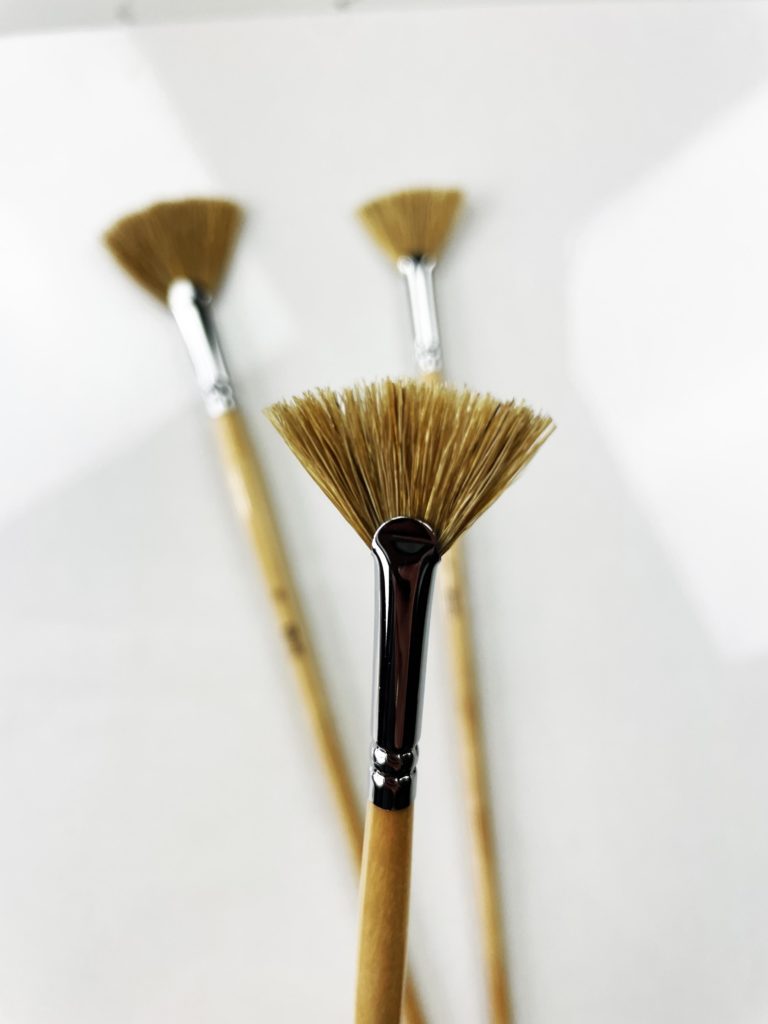
Combining Fan and Feather: Layer for Ultimate Realism
The Secret to Multi-Dimensional Surfaces
For truly dynamic landscapes, alternate layers made with fan and feather brushes. Start with broad textural sweeps from the fan to establish foundational forms. Then, refine and add interest with the feather, picking out highlights or details in your foliage, ground, or sky.
A Simple Approach:
- Fan brush for background foliage and sweeping grass.
- Feather brush for defined grasses, highlights, and edges.
- Alternate as you build up your landscape, working from background to foreground.
Caring for Your Specialty Brushes
Longevity and Performance Tips
- Always clean fan and feather brushes immediately after use with mild soap and water.
- Allow feather brushes to air dry completely before storing to maintain their delicate structure.
- Store both types flat or suspended, bristles/feathers upward, to preserve their shapes.
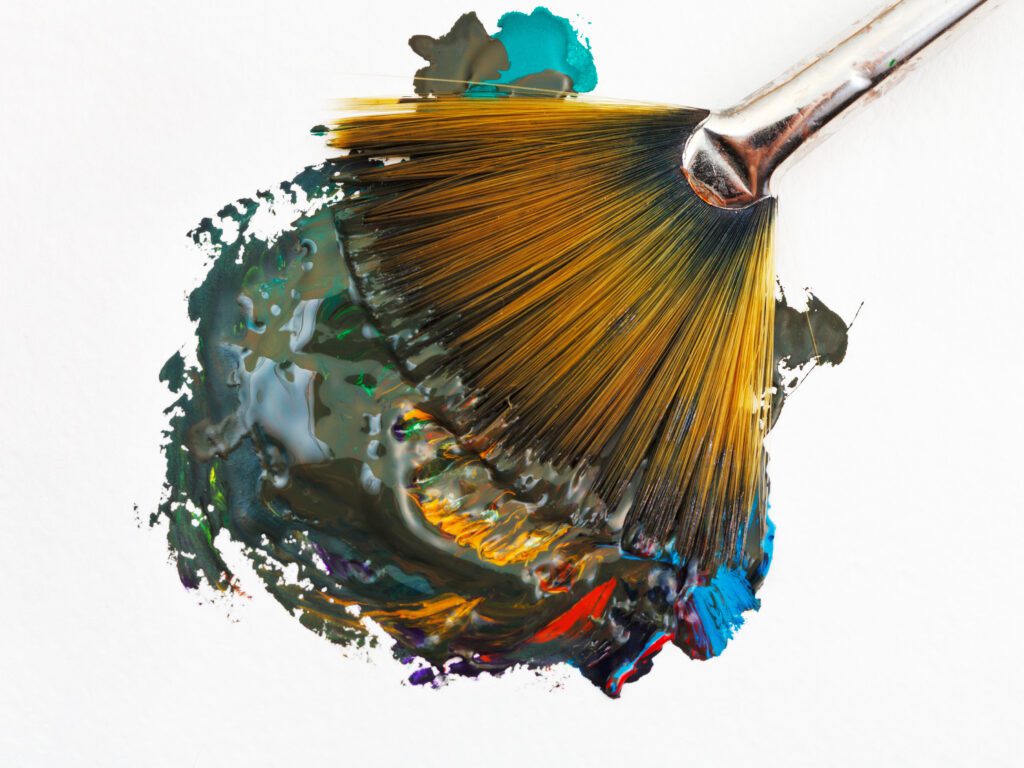
Conclusion: Embrace Playfulness and Freedom in Your Landscapes
Specialty brushes like fans and feathers aren’t just for novelty—they’re powerful tools for creativity and realism in acrylic landscapes. Whether you want to replicate the randomness of wild grass, the soft drift of clouds, or the multitudes of subtle textures across your canvas, these brushes offer techniques no other tool can achieve. Explore, experiment, and you’ll find your landscapes gaining a new sense of vitality and authenticity.
Ready to transform your landscapes?
Discover our premium fan and feather brushes along with unique art supplies at URARTSTUDIO Shop. For more step-by-step guides and creative tips, visit our painting tips and step-by-step painting instructions pages. Unleash artistic effects that will set your landscapes apart with URARTSTUDIO by your side!
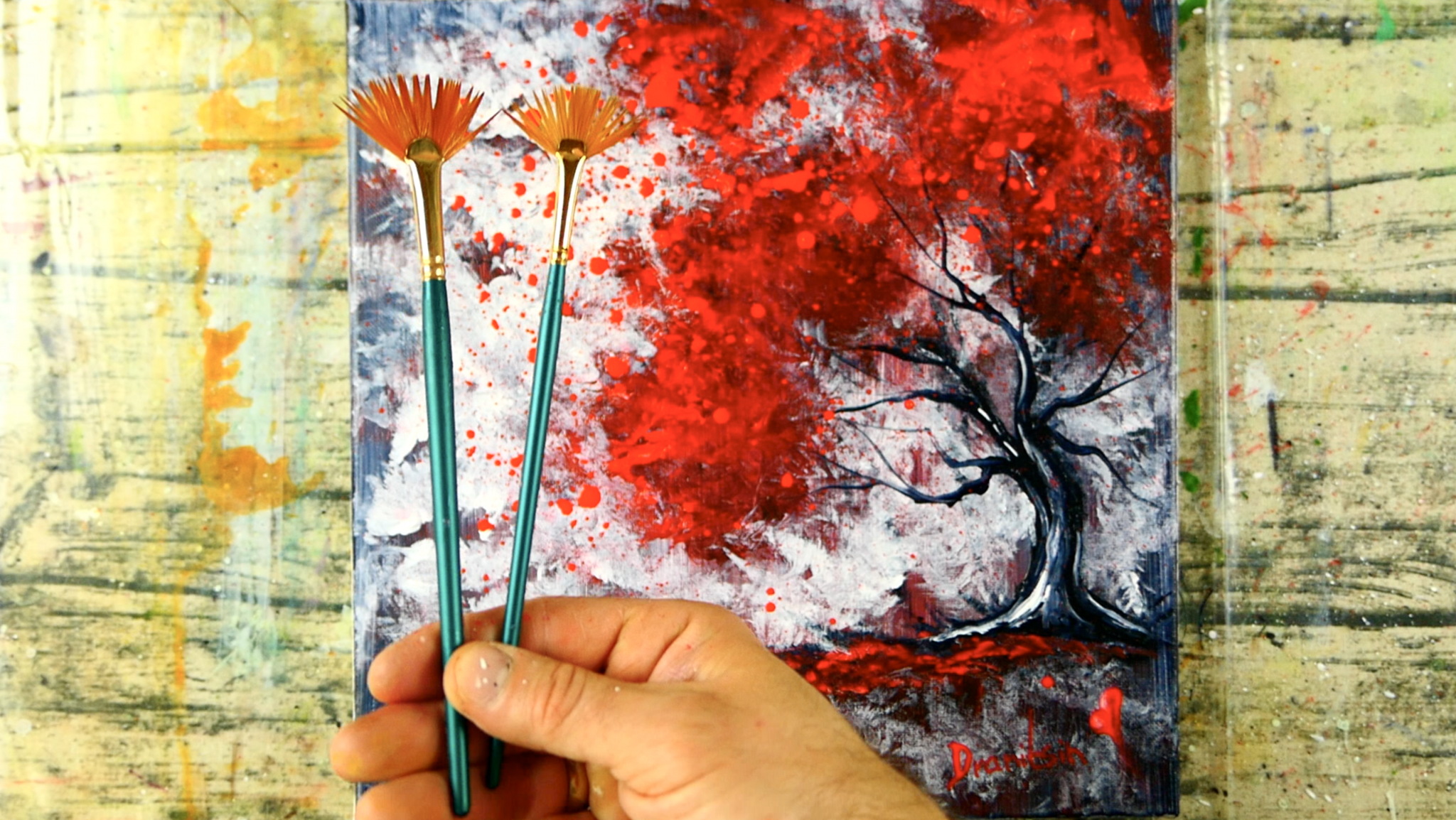
Keywords: fan brush, feather brush, acrylic landscape texture, landscape brush techniques, unique painting effects, URARTSTUDIO
#fanbrush #featherbrush #landscapetexture #acrylicpainting #paintingtechniques #URARTSTUDIO


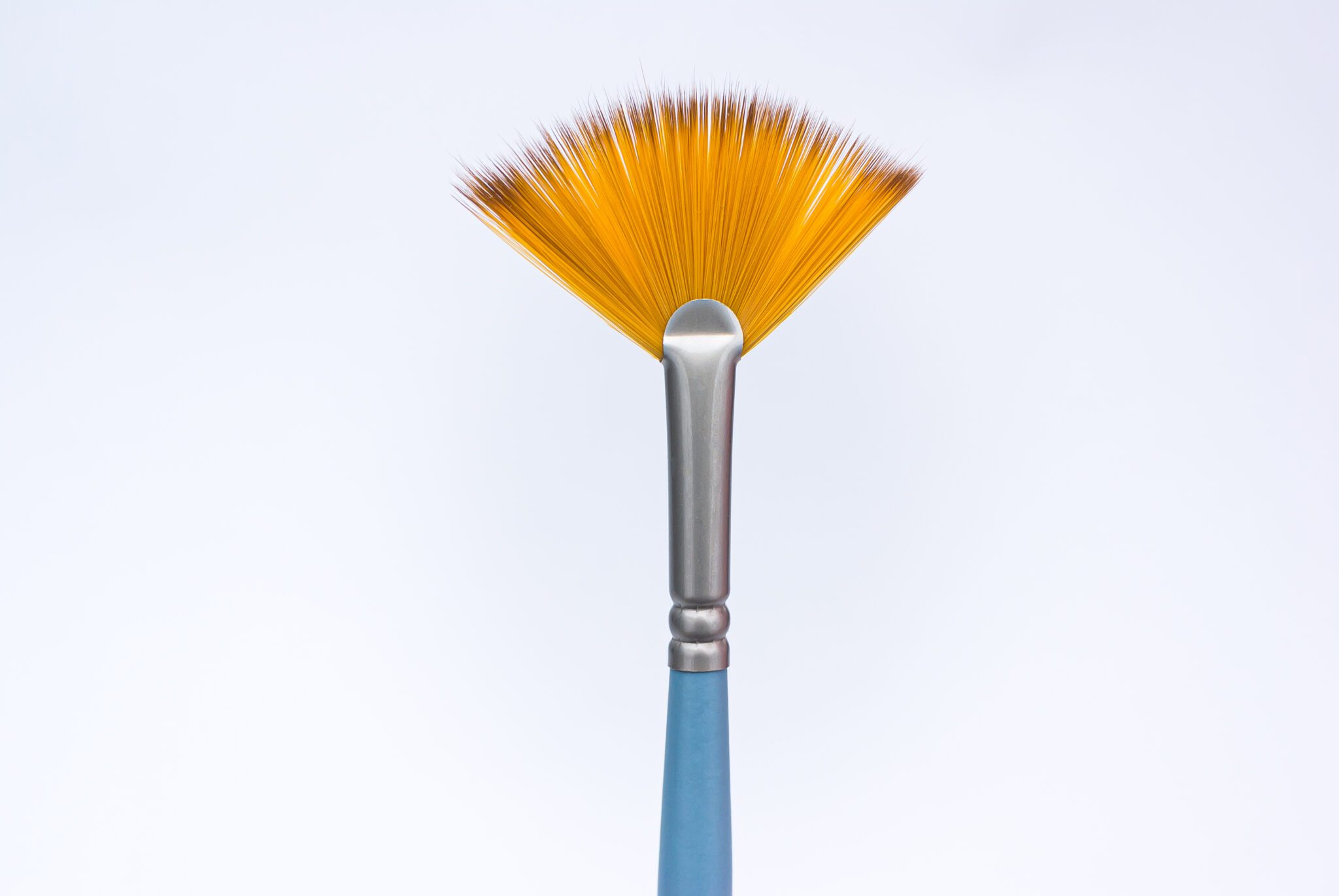
Leave a Reply
You must be logged in to post a comment.